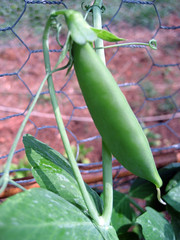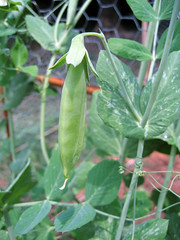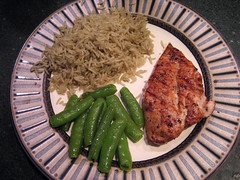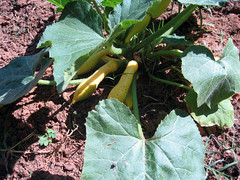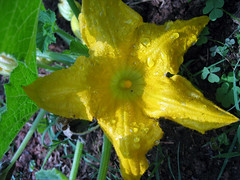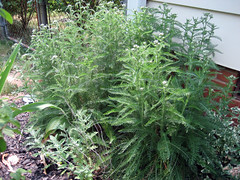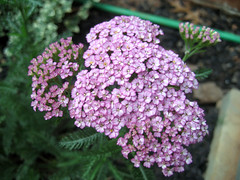Tomato Jungle!
The tomatoes have transformed from a backyard garden crop into a tropical jungle with an ecosystem all of their own. I'm not sure what might be living in the underbrush of the branches and leaves, but I'm not making any efforts to disturb whatever it might be.
Here the dog and I are posing with the tomatoes to show their height. The Marcellino plants are all about 6' tall and full of plump green cherry tomatoes.
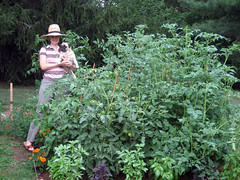
This is the first Celebrity tomato that will be ready for eating.
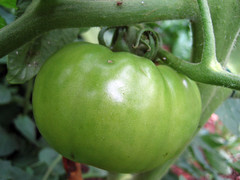
And his tomato brothers and sisters will follow soon behind.
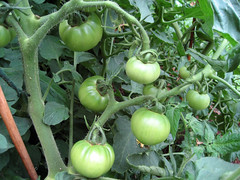
We outlined the tomato bed with basil plants. I heard that basil helps deter aphids, and also that the tomatoes may take on a basil flavor when planted in close proximity. There are four kinds of basil in the tomato bed, so I am looking forward to some exciting tomato flavors! I have seen very few aphids among the 14 tomato plants, so there may be some truth to this companion planting technique.
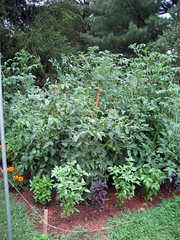
The plants are getting so heavy that some of them are pulling their bamboo stakes down toward the ground. We will have to come up with a better method of staking next year. We attended the CFSA garden tour this past weekend, and I got some good ideas from the farmers on the tour for alternative staking plans.
